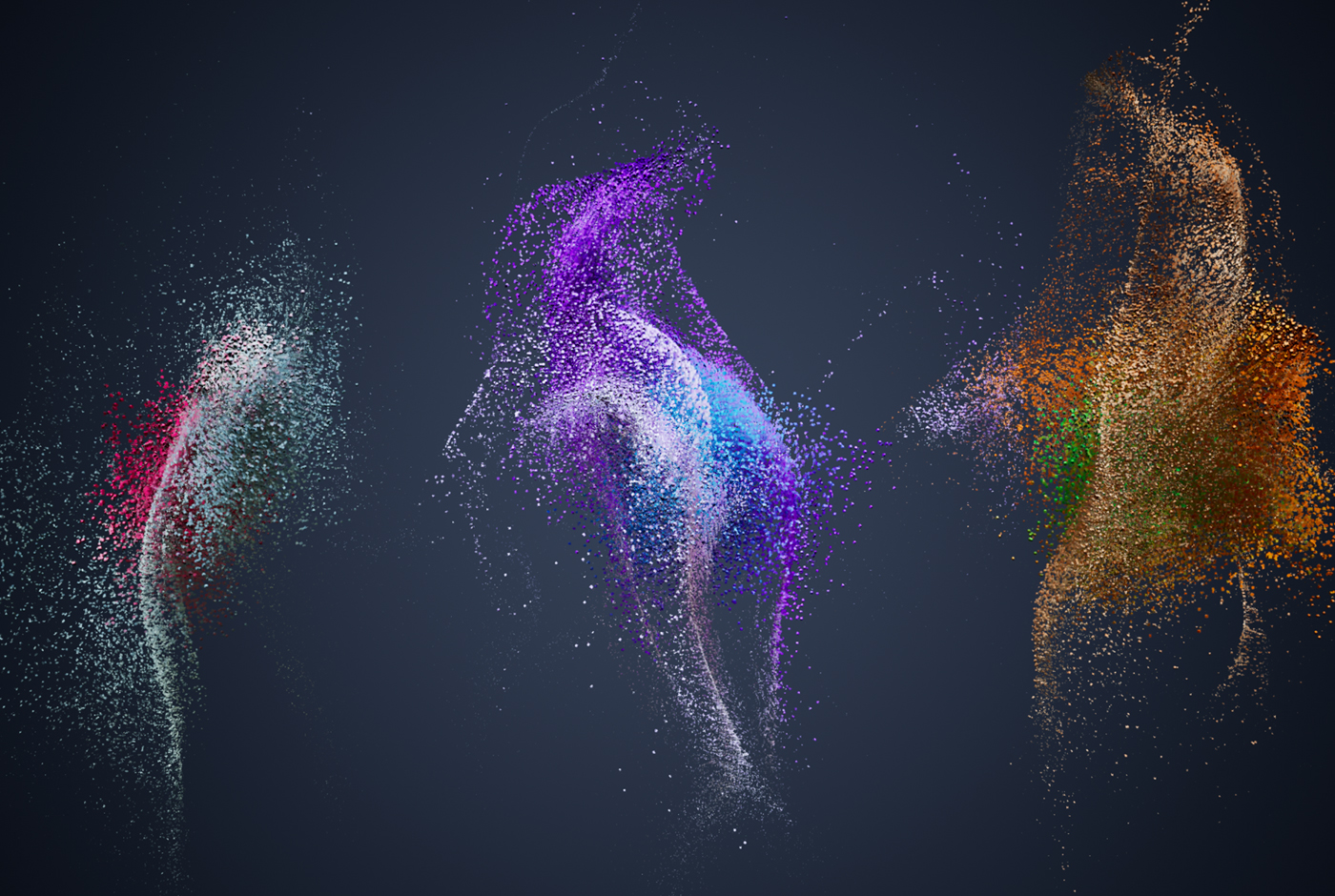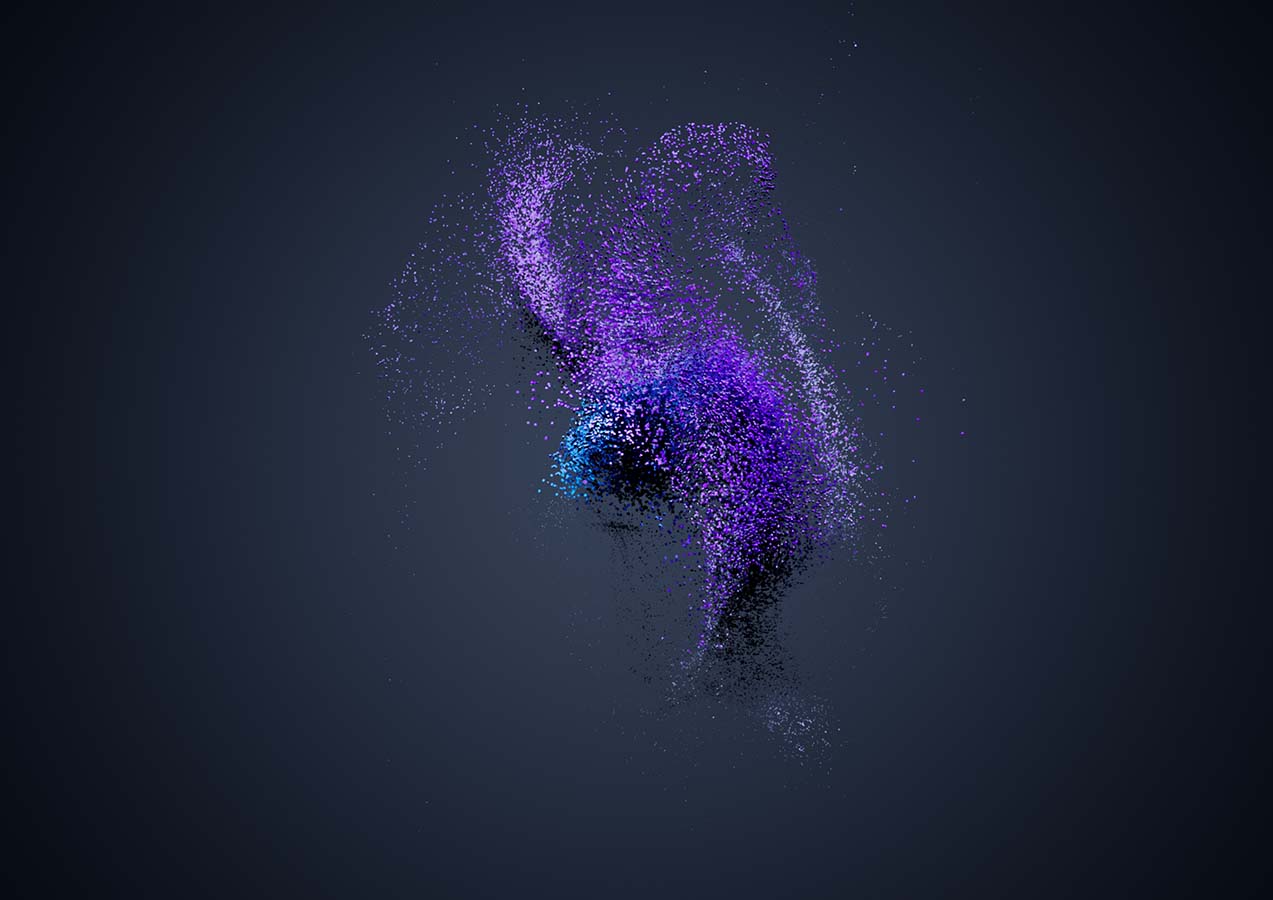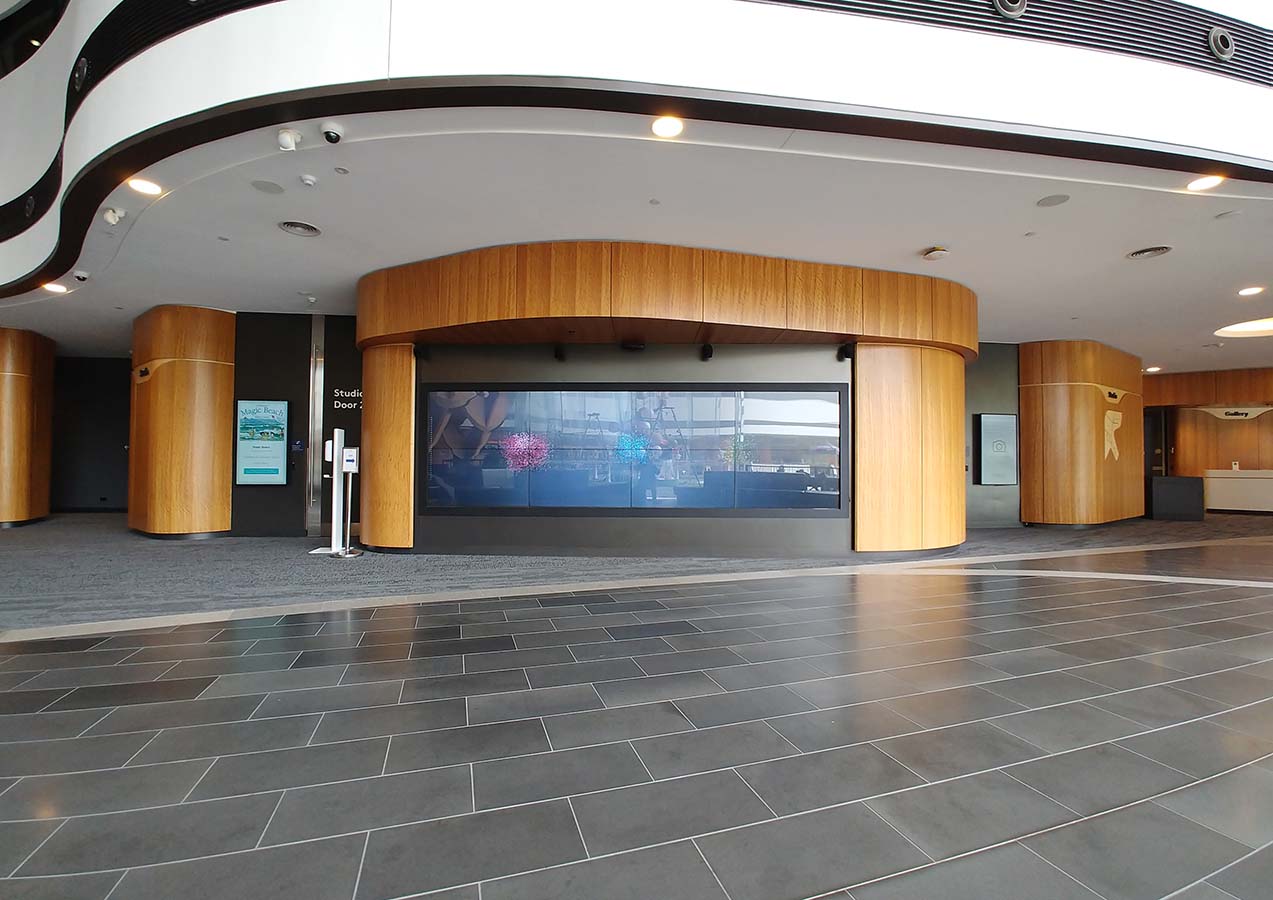The design process for Three Corners of the City involved three key stages: 1) discovery; 2) conceptualisation; 3) execution.
In stage one we met with the client to understand their needs and goals, which centred around building awareness of the City of Casey Open Data platform and to encourage members of the community to engage with smart city data. It was important to increase the transparency of the data being collected and to demonstrate how it could be used in interesting and novel ways. We defined an overarching theme that was relevant to the Council’s urban development vision and hence decided on pedestrian movement in communities.
In the second stage we needed to understand what kind of data was available and how the data could be accessed from the Open Data platform. At the beginning of the project the platform was not launched to the public and did not have fully accessible data sets. This meant that we needed to generate build our prototypes from our own data for testing.
As the project developed we were able to begin using the live data that was being captured in each of the three locations. As Three Corners of the City was created during one of Melbourne’s extended lockdown’s (September-October 2021) it was impossible to test on site. We came up with a solution where several computer monitors were connected together from home to mimic the large-scale screen at Bunjil Place. An iterative approach was crucial, and the visual design of the work was tested and reviewed to ensure the communicative aspects were clear and understandable. As the final design was nearing completion we were able to work with City of Casey remotely to test, tweak and implement the work on site.









